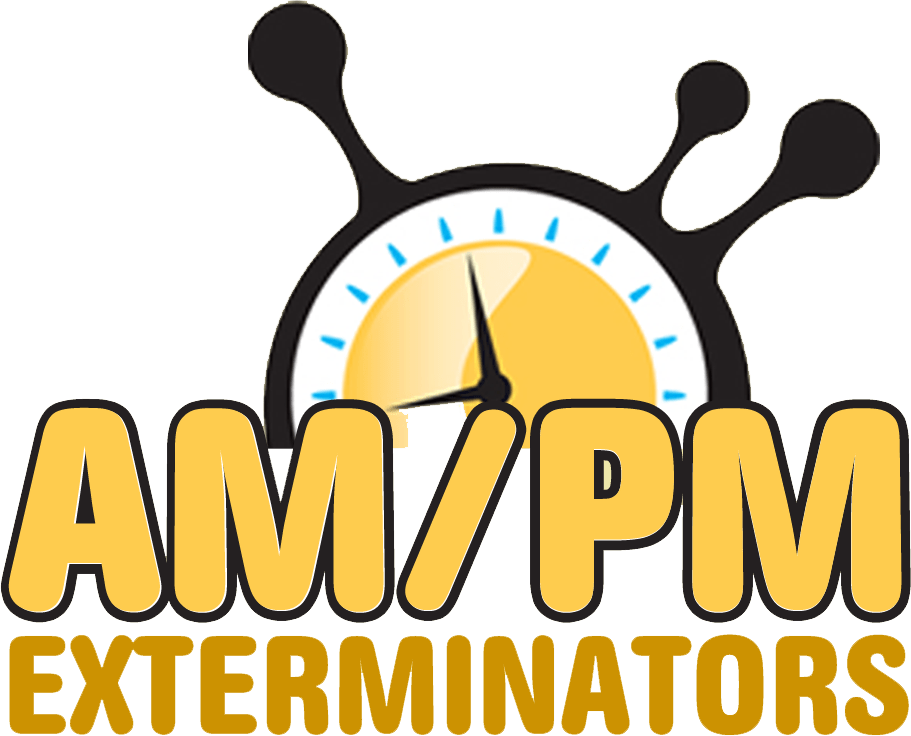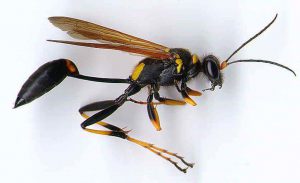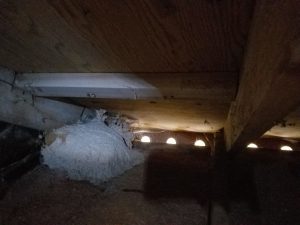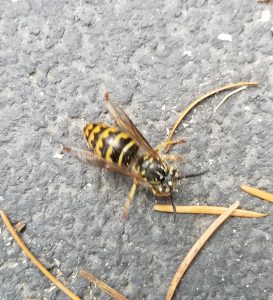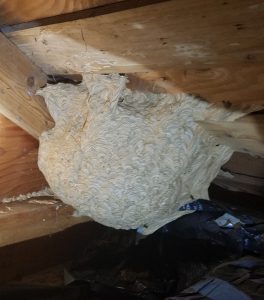Effective Stinging Insect Removal Services
Extermination Exterminators Services: Bee, Yellow Jacket, Hornet, and Wasp Nest Removal
Unmatched Stinging Insect Control Services
Why Choose Us? Revolutionary Protection and Peace of Mind
Unique Advantages
- Innovative Techniques: Cutting-edge removal and prevention strategies.
- Eco-Friendly Solutions: Safe for your family and the environment.
- Guaranteed Satisfaction: We stand behind our work with a satisfaction guarantee.
Comprehensive Bee Nest Removal Services
Bees and wasps may seem similar, but their behaviors and impacts are distinct. Our expert services cater to each species’ unique characteristics:
- Yellow Jackets, Hornets, and Paper Wasps: Construct intricate paper nests.
- Honey Bees and Bumble Bees: Craft delicate wax nests.
- Solitary Bees and Wasps: Find homes in ground holes, decaying wood, or natural cavities.
- Mud Dauber Wasps: Build robust mud nests.
The Hidden Threat: Understanding Wasp Behavior
Wasps can become a significant nuisance, especially in late summer. They play crucial roles in the ecosystem, which means their control must be handled with care and expertise:
- Colony Dynamics: Social wasps form colonies each spring, expanding rapidly through summer.
- Diet and Habits: While most feed on live insects, the Western Yellow Jacket scavenges, increasing its nuisance potential.
Pain-Free Living: Safe Wasp and Hornet Control
Wasps and hornets can sting, but their habits and nesting patterns vary. Here’s how we manage them:
- Hornets: Build large, noticeable nests but are generally less aggressive unless threatened. Our approach ensures safe and efficient removal.
- Paper Wasps: Create open cell nests in sheltered areas, often mistaken for yellow jackets but are crucial in pest control.
- Mud Dauber Wasps: Construct unique mud nests, are non-aggressive, and rarely sting.
Yellow Jacket Control: Defend Your Space
Yellow jackets can cause significant discomfort and fear, especially as they nest in hidden or underground areas. The Western Yellow Jacket, in particular, can become a severe nuisance late in the season. Our specialized services ensure effective removal and future prevention.
Our Unique Approach
- Eco-Friendly Methods: Using natural and safe techniques to protect your home and the environment.
- Advanced Detection: Cutting-edge tools to locate and remove nests effectively.
- Continuous Protection: Long-term prevention strategies to keep your property sting-free.
The Science Behind Stings
Understanding why insects sting can help prevent future incidents:
- Defense Mechanisms: Most stings occur when insects feel threatened or disturbed.
- Feeding Behaviors: Some insects sting to feed, injecting substances that cause reactions.
- Varied Reactions: From mild redness to severe allergic reactions, we help manage and mitigate risks.
Spotting the Signs: Insect Sting Symptoms
- Immediate Reactions: Redness, itching, and pain at the sting site.
- Large Local Reactions: Swelling greater than 5 cm.
- Systemic Reactions: Symptoms affecting areas beyond the sting site.
Contact Us for Unrivaled Protection
Experience the best in stinging insect control with our professional services. Reach out to us today for effective, innovative solutions that ensure your home remains safe and comfortable all year round.

